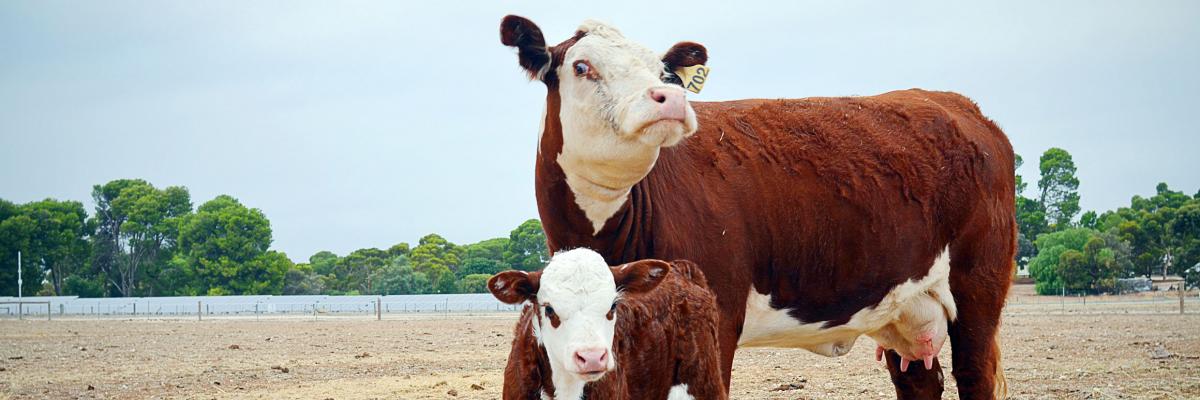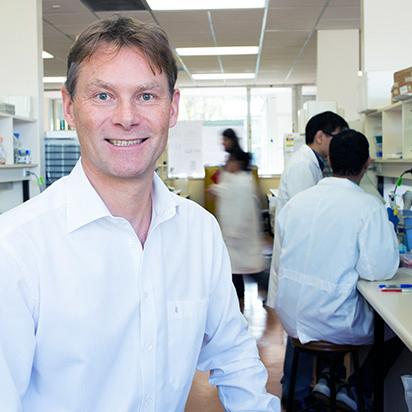Essential resources: A globally unique bovine embryo and fetus collection
Case study: Bos Taurus Indicus.
Major cattle breeds contribute significantly to global food supply and belong to either of two subspecies, which were domesticated independently more than 10,000 years ago.
These are the European taurine (Bos taurus) cattle known for their superior carcase and meat quality, and Asian zebu (Bos indicus) cattle superior in parasite and draught tolerance.
The harsh Australian environment and a changing climate require the combination of traits from both subspecies to secure national and global meat and milk production.

The combination of traits from both subspecies has been achieved to some extent in tropical composite breeds such as the Australian Droughtmaster. However, state of the art marker assisted selection programmes that are increasingly used in livestock production to achieve more efficient outcomes, require a much more detailed knowledge of the underlying trait biology, and their genetic and epigenetic basis, to harness and fully utilise the potential locked into (epi)genetic variation of both subspecies.
Immediately after his arrival at the University of Adelaide’s Roseworthy campus as JS Davies Professorial Fellow in 2005, Professor Stefan Hiendleder created a globally unique embryo and fetus collection to fill major gaps in our understanding of how Bos taurus and Bos indicus cattle, and breeds with a combination of both subspecies (epi)genetics, (i) differ in development and phenotype, and (ii) how endocrine, clinico-chemical and (iii) (epi)genetic parameters interact.
Prenatal developmental stages were chosen because of the understanding in 2005 emerging, and more than a decade later commonly accepted, paradigm that prenatal programming of interacting epigenetic and genetic factors determine postnatal phenotype, including crucial livestock performance parameters that affect health and productivity.
After three years of field work the resource comprised 60 conceptuses at the embryo stage, and 100 conceptuses at the fetal stage, with clearly defined age and (epi)genetic status. Completed and ongoing studies and theses based on this unique resource range from analyses of prenatal phenotype, crucial hormones and biomarkers in the circulation and in fetal fluids, gene expression, and genomics work.
Importantly, the most complete Bos taurus and Bos indicus cattle reference genomes to date were assembled using one of the fetuses of the resource in an international collaboration with NIH and USDA in a novel approach for genome assembly in general (see genome assembly case study).

Image: Professor Stefan Hiendleder, JS Davies Fellow, with PhD students in the laboratory.
Furthermore, extensive transcriptome data that provide fundamental insights into mammalian development and the (epi) genetic differences of the two subspecies are currently being finalised for publication.
The collaborative research environment, strong interactions, and collaborations, with Roseworthy colleagues and the Research Centre for Reproductive Health, which later grew into the Robinson Research Institute at the University of Adelaide, and membership of Davies group members in both institutions, provided the fertile ground for a several collaborative national and international research projects.
These enabled a significant number of honours, PhD, Doctor of Veterinary Medicine and other student projects that contribute to a significantly improved understanding of the biological basis of the phenotypic variation in Bos taurus and Bos indicus cattle.
Most importantly, this resource will deliver important insights for many years to come.
